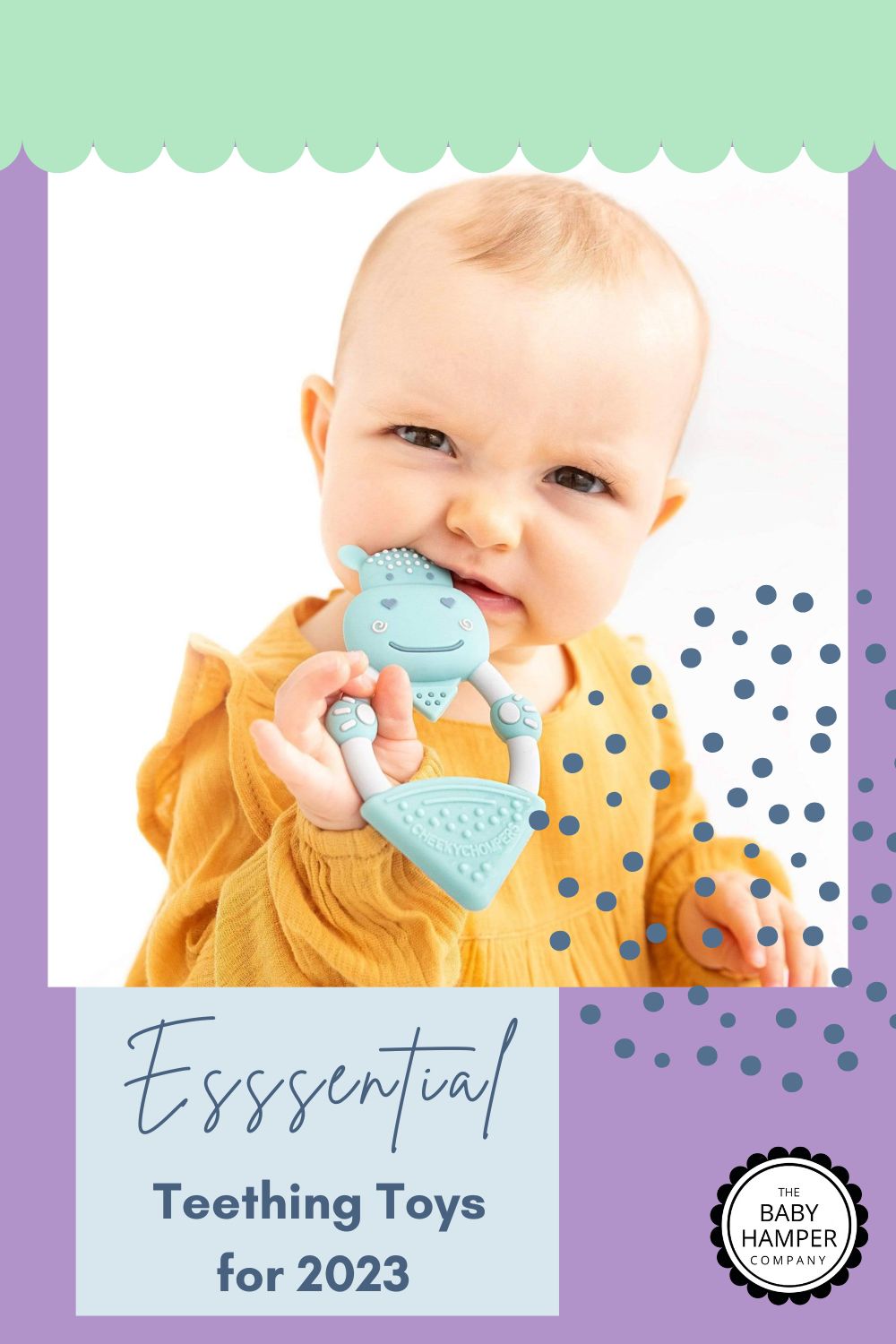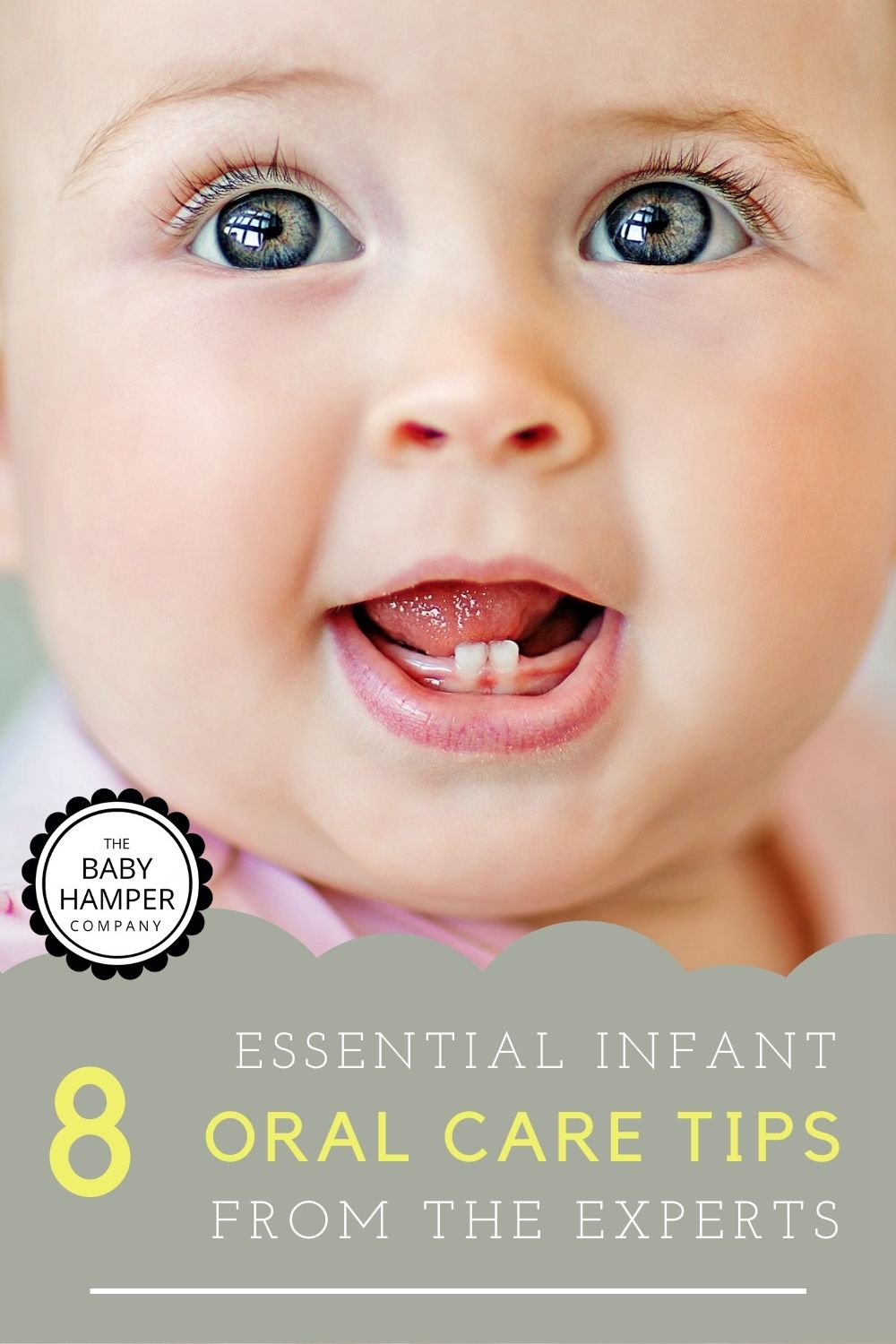When you’re a new parent, worrying is part of the package. You don't realise just how much you’ll worry about anyone or anything until you have your newborn in your arms and you can suddenly see and feel every single risk!
The world is a scary place, but learning what you can about things that can affect your baby will help you to manage when things feel a little too overwhelming. One common condition that may pop up in your child’s lifetime is erythema toxicum. It sounds scary, but try not to panic because this is a benign, temporary condition of the skin that affects newborns. In this guide, you’re going to learn the essential information that you need to know about erythema toxicum in babies under 6 months old.

What is Erythema Toxicum?
Also known as ETN, erythema toxicum neonatorum is a common rash that affects newborn babies. Typically, this rash appears in the first few days after birth and it will usually last a few weeks. The exact cause is - unfortunately - not particularly understood, but it’s believed to be the response of a baby when they are in a new environment outside the womb.
It can be alarming if you’re a new parent and you’ve never seen it before, but don't worry; we’ll walk you through how to identify it and what to expect.
Identifying Erythema Toxicum
Usually, erythema toxicum usually presents on the skin as blotches or small, red bumps. Sometimes, the bumps have a yellow or white centre and look like acne spots. It’s important to know that you’ll find that the rash is more noticeable on the second or third day of their life and it can appear in babies up to a month or two old.
Erythema Toxicum in a 1-Month-Old:
It’s pretty normal for the rash to still be visible at a month old in a newborn baby. It usually fades on its own without a need for treatment.
Erythema Toxicum in a 6-Week-Old
By the time your newborn is six weeks old, the erythema toxicum usually clears up. However, if you are noticing a similar looking rash, you should consult your GP in case there is something else going on.
Erythema Toxicum in a 2-Month-Old
If you notice that your baby still has a rash at this age, it’s not as likely to be erythema toxicum. The best thing that you can do is contact your healthcare provider to rule out other potential causes.
When to Seek Medical Advice
It’s a harmless condition that generally resolves on its own, but you should do what you can to distinguish it from other conditions that might require more attention from the doctor. If you speak to your doctor, do so when you notice the following:
- The rash persists beyond a few weeks.
- The spots become filled with pus or appear infected.
- Your baby has a fever or seems unwell in conjunction with the rash.
- You are unsure whether the rash is erythema toxicum or something else.
Managing Erythema Toxicum
The good news that should make you worry less is that there is no treatment for this because it resolves on its own. There are some things that you can do generally to look after your baby’s skin, and this includes:
- Keep their skin clean and dry: Gently cleanse your baby's skin with water. They don’t need to have any soaps on their skin and over-bathing can dry the skin out. You might want to use warm wash cloths and top and tail the baby so you don't immerse them in water which can (ironically) dry them out.
- Avoid using any harsh products. Whether lotions or oils, your newborn doesn't need anything on their skin that contains any fragrances.
- Dress them in comfortable clothing. Using soft, breathable clothing is important. Cotton will help to avoid any irritation on the skin.
- Keep an eye on the rash. You want to ensure that it’s just erythema toxicum, so keep an eye on the baby’s skin and if you notice any changes, contact your doctor.
Resources and Support
If you’re nervous about your baby’s skin or you have any concerns about their health, your health visitor or GP are great resources to get started with.
Despite the alarming name, erythema toxicum is a common, harmless condition in newborns that you don't have to worry about. If you have any concerns, always have a chat with your doctor and don’t feel like you’re being paranoid: you’re not!
Disclaimer: The information in the above article is for guidance only. Always consult a medical professional if you are concerned about your child's health





